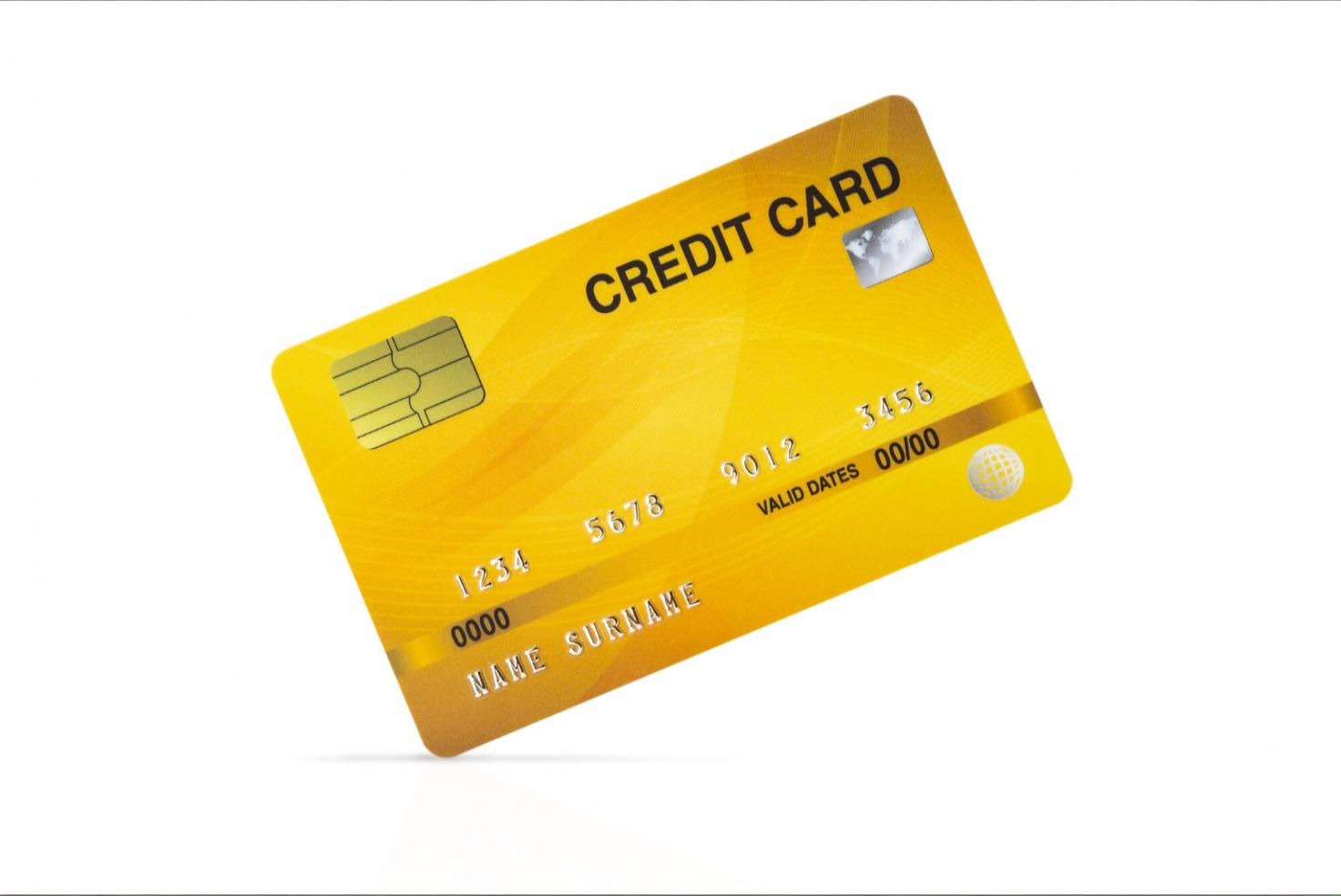 February 19, 2025
February 19, 2025
A credit card bill contains details about your balance, fees, and purchases. Additionally, it displays your outstanding balance and the due date.
If you want to take advantage of everything your credit card has to offer while avoiding debt and damaging credit errors, you must understand some fundamental credit card facts and how to utilize your card.
Read on to know what is there in a credit card bill.
What's covered?
Balance: The entire amount of credit that you have utilized, including balance transfers, cash advances, and purchases.
Credit limit: The most credit you are permitted to use.
Credit available: The amount of credit that is available to you before your credit limit is reached.
Interest: The sum that has been applied to your balance.
Fees: Any extra costs, including transaction, yearly, or penalty fees.
The minimum amount due: The bare minimum that must be paid by the deadline. The smallest amount you can pay on a balance to maintain the good standing of your account is known as the minimum payment. Credit bureaus will record a payment as missed if the minimum amount is not paid.
Due date: The deadline for paying the remaining amount.
Rewards: Any benefits you received or used over the billing cycle. Rewards may be in the form of cashback, miles, or points. Your rewards credit card's bonus categories and rewards structure will determine how many rewards you can accrue.
Although a credit card is a practical financial instrument, if you use it improperly, it could endanger your financial stability. Make sure you comprehend the terminology used by credit card providers to explain your card information and costs to prevent any bad credit practices. You can anticipate each transaction and payment you make by being aware of the terms and conditions associated with your card as well as this basic credit card information.